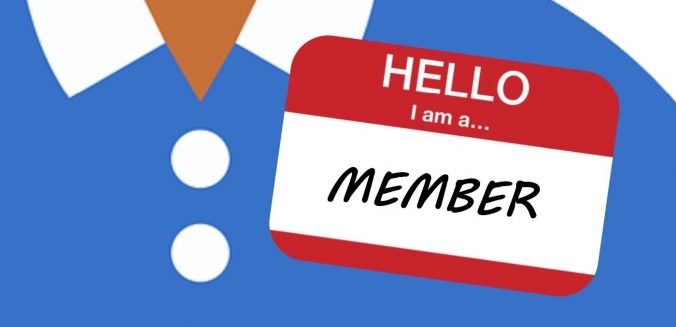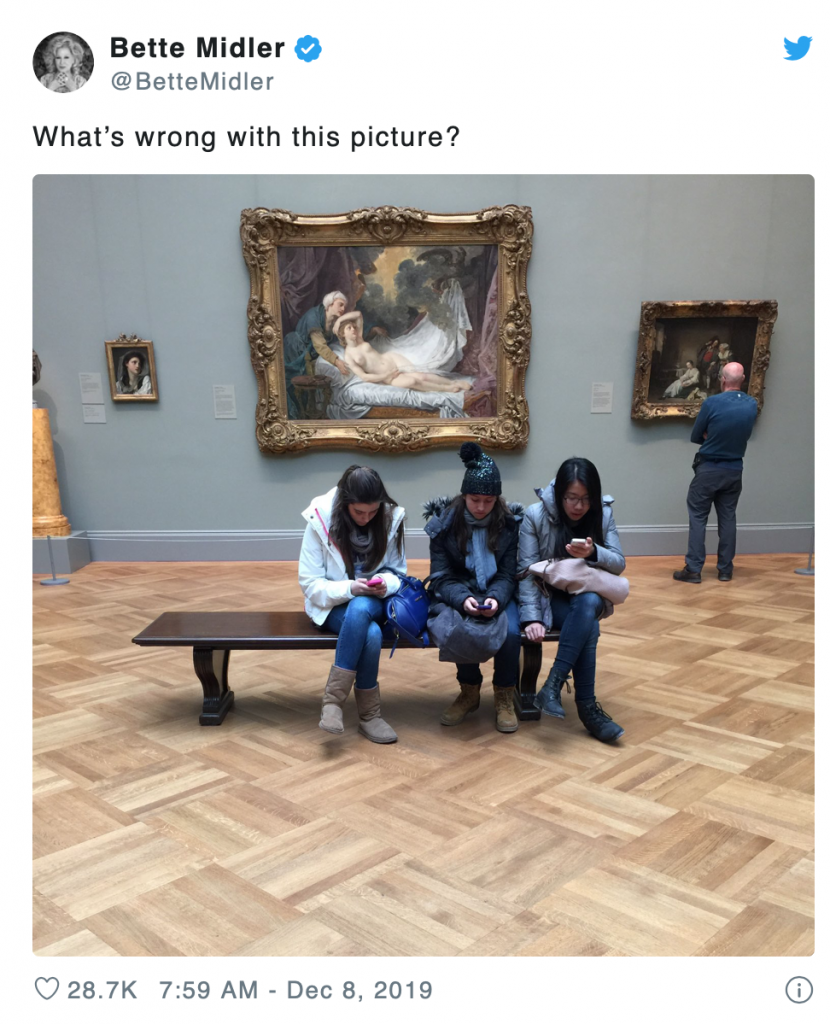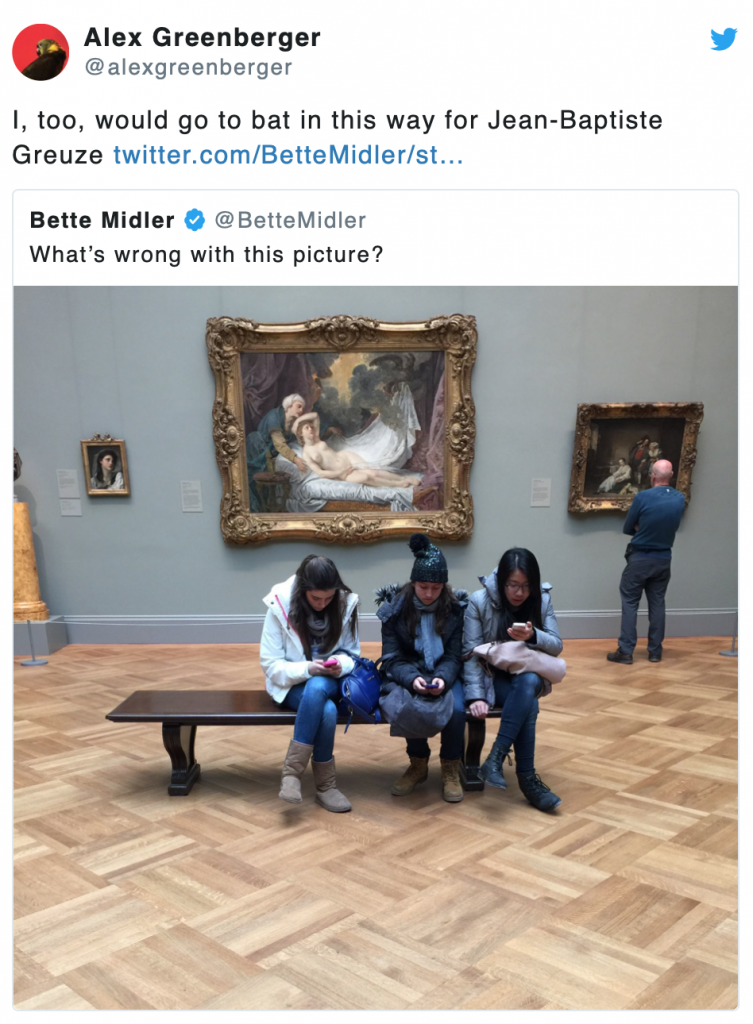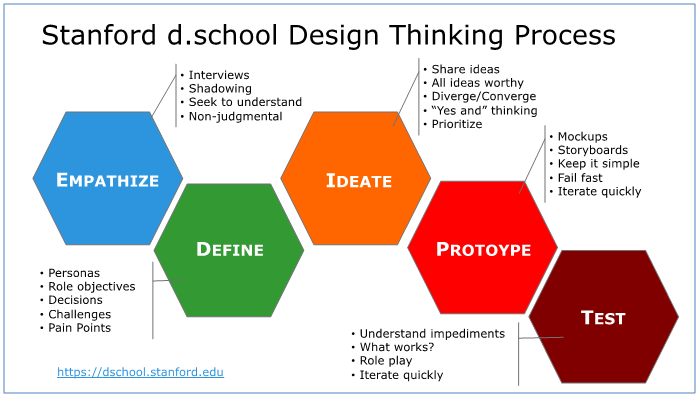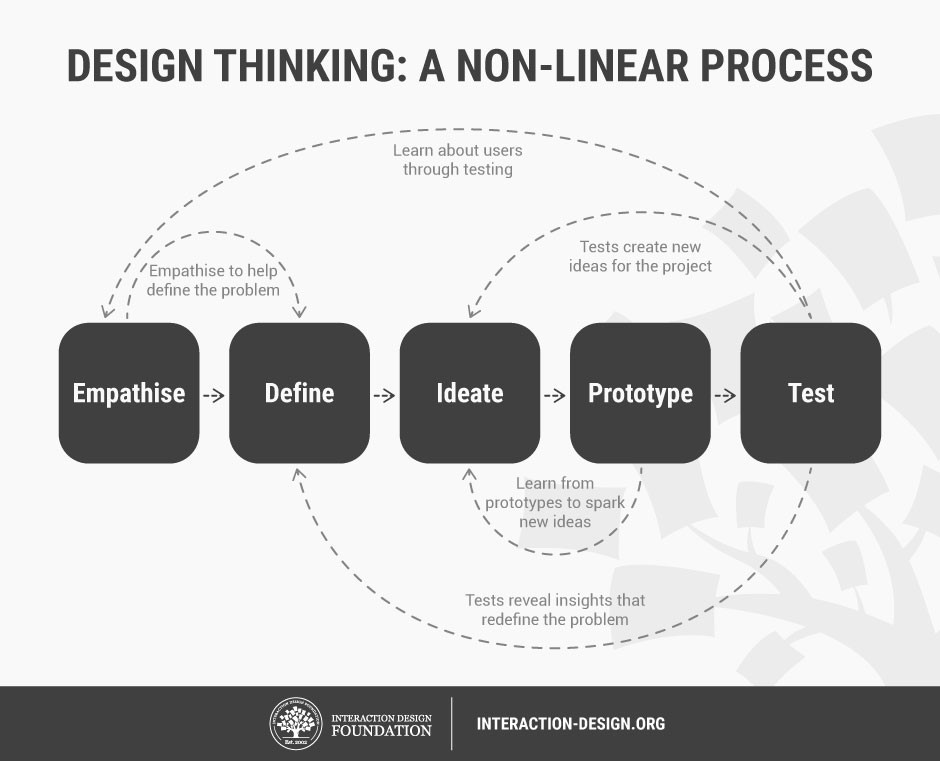Museums across the country have felt the impact of the COVID-19 and the mandatory stay-at-home orders. Thousands of employees have been laid off and furloughed as these institutions try to stay afloat without revenue from visitors. Zoos and aquariums have an extra element to juggle: live animals. Without reliable income to buy food or pay staff, zoos and aquariums are having to find new ways to cope.
Tierpark Neumünster in Germany has expressed panic at its dwindling budget. With no money coming in, the zoo announced that it may have to start sacrificing certain animals to feed the others. The park’s beloved polar bear, Vitus, would be the last animal standing. While Tierpark Neumünster is only suggesting this as an absolute last resort, it does shine light on some scary scenarios. What would happen if zoos and aquariums run out of money? What if they shut down? What would happen to the animals? These institutions are in uncharted territory. There’s no protocol for handling a pandemic and months of closure.

The animals themselves have been feeling the impact of the pandemic. COVID-19 is a zoonotic disease, meaning it jumped from animals to humans. Snakes, pangolins, and bats are all feasible culprits. Furthermore, we do not know which animals in our zoos could potentially carry the disease or succumb to infection. Tigers and lions at the Bronx Zoo have tested positive for COVID-19, likely infected by an asymptomatic zookeeper. Thankfully, all of the cats are doing well and recovering, but there’s little knowledge on how other species will react. Ultimately, COVID-19 is an unknown entity. We know it can infect animals, we know it can pass between humans and animals, but we do not know the full ramifications.

Massachusetts started its four phase reopening on May 18th. As of May 25th, outdoor zoos are allowed to reopen, with strict guidelines. Aquariums and other museums will not be allowed to open until Phase 3. With such limited information about the interspecies spread of COVID-19, it’s risky to allow visitors back into proximity with these animals. Reopening could put both the visitors and the animals at an increased risk of infection.
It’s a tricky balance to find enough money to operate while prioritizing the health of the animals, the visitors, and the staff. In the U.S., museums received aid from the $2 trillion distributed from the CARES Act on March 27th, designed to protect American workers and small businesses. For animal care, zoos and aquariums need more. The Association of Zoos and Aquariums has collaborated with the American Alliance of Museums to request an additional $4 billion in relief funding from Congress. Here is the AZA’s form to request aid for zoos and aquariums. Hopefully, with additional funding, zoos and aquariums won’t have to choose between reopening prematurely or feeding their animals to each other.

